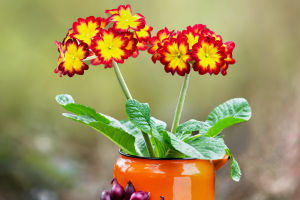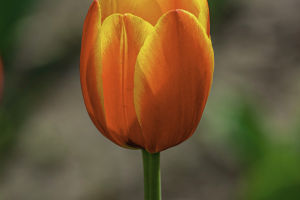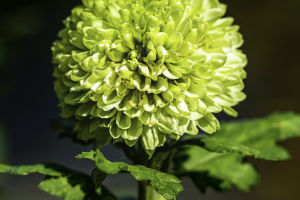Growing some green plants at home beautifies the environment and purifies the air.
Hyacinths, with their strong fragrance, can eliminate indoor odors, eradicate airborne bacteria, and have a good adsorption effect on formaldehyde and dust. Due to their beautiful flowers and easy maintenance, hyacinths have become a favorite indoor potted plant for many people.
However, hyacinth flowers, leaves, and roots all contain toxic substances, which can threaten human health if not handled properly. Understanding their toxicity and taking corresponding precautions when caring for hyacinths is necessary.
Hyacinths contain various toxic substances, the most common being pyrrole alkaloids in fresh flowers, flower buds, and flower stems. This substance can irritate the skin and eyes, causing symptoms such as vomiting, diarrhea, and headaches.
Different varieties of hyacinths have varying levels of toxicity. When choosing to grow hyacinths at home, selecting varieties with lower toxicity is essential. For example, "multi-petal hyacinths" and "water lily hyacinths" are lower in toxicity, while varieties like "single-petal hyacinths" and "Thomas Edison" have more muscular toxicity.
Growing hyacinths indoors for ornamental purposes poses no harm to human health. However, accidental ingestion of hyacinth bulbs may lead to symptoms such as dizziness, vomiting, diarrhea, and stomach cramps. Therefore, placing hyacinths in locations where children cannot reach them is advisable.
Other parts of hyacinths, including their fragrant flowers, are non-toxic. Still, some individuals with allergies may be sensitive to hyacinth pollen or may experience skin allergies upon contact with hyacinth sap. Hence, it is recommended that individuals with allergies avoid growing hyacinths and similar flowering plants.
Many people may mistakenly believe that the fragrance of hyacinths harms human health. However, this is not true, as the fragrance is non-toxic and does not harm people. Moreover, it has a refreshing effect on the mind. However, prolonged exposure should be avoided as it may increase the burden on internal organs.
Tips for caring for hyacinths:
1. Direct contact with hyacinths during activities such as cutting flowers and watering may irritate the skin. This can lead to rashes and allergies. It is advisable to wear gloves and long-sleeved clothing while handling hyacinths to protect the skin.
2. Hyacinth flowers, leaves, and roots may accumulate dirt and dust, affecting plant respiration and photosynthesis, thus impeding plant growth. Regularly clean the leaves and flowers of the plant and keep the potting soil clean.
3. If the leaves or flowers of the plant appear wilted or withered, they should be promptly removed as they can affect plant respiration and photosynthesis, thus impacting plant health.
4. Hyacinths have dormant and growing periods. During winter, the plant enters a dormant period. Watering and fertilization should be reduced during this time to maintain plant health and growth.
Despite their beauty, hyacinths have high toxicity and require careful maintenance methods and techniques. When choosing to grow hyacinths, selecting varieties with lower toxicity and taking appropriate precautions to avoid health risks is essential.


